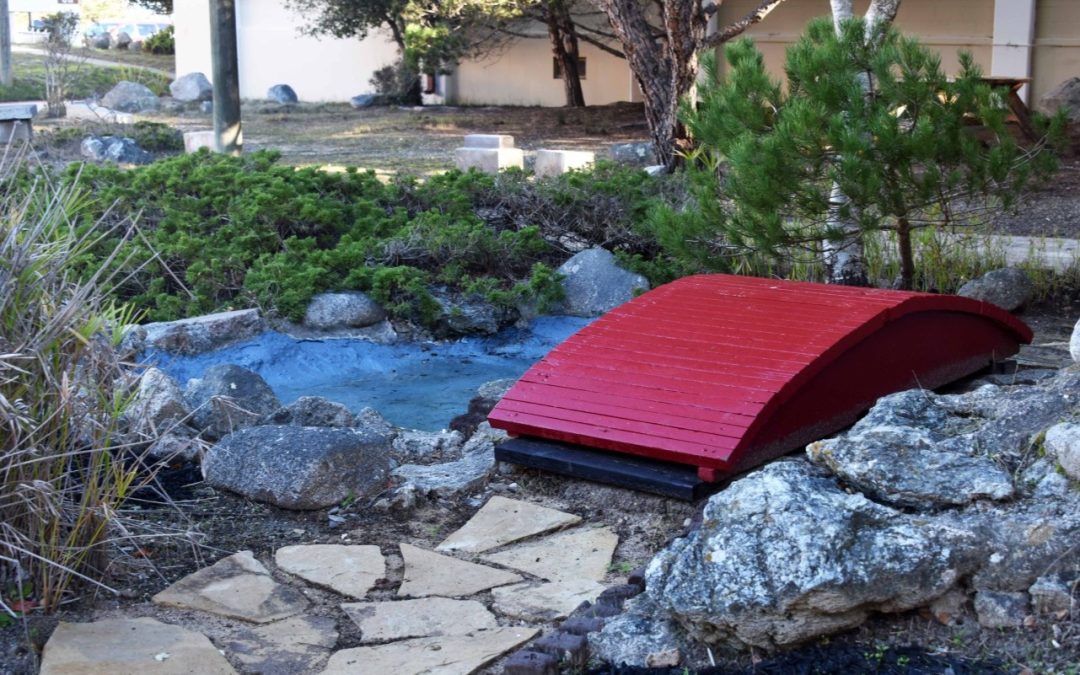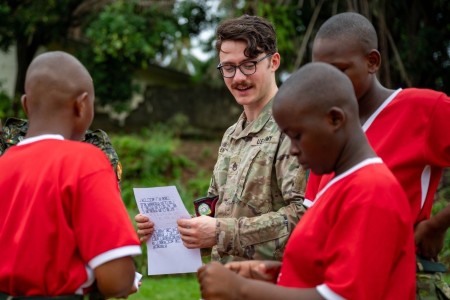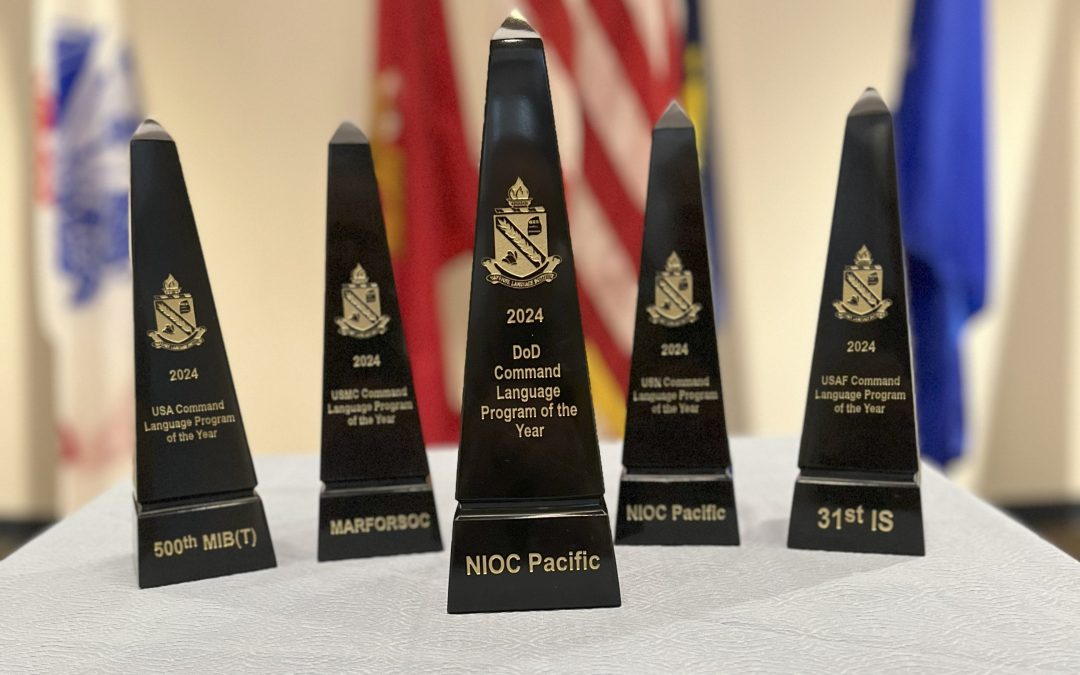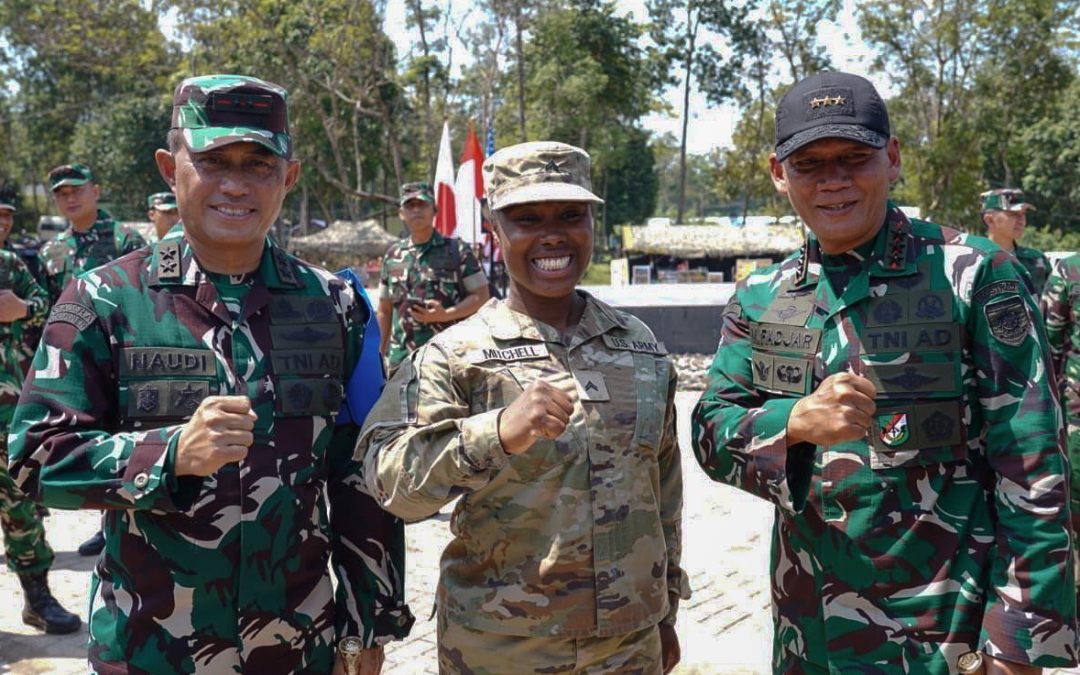By Natela Cutter
DLIFLC Public Affairs

French instructor Suzie Suriam works with students in the classroom, at the Defense Language Institute Foreign Language Center, Nov. 3, 2017. (U.S. Army photo by Natela Cutter/Released)
MONTEREY, Calif. – After 9/11, one thing became abundantly clear to the intelligence community – there is a dire need for more and better qualified linguists.
Seven months later, in April 2002, then National Security Agency director, Lt. Gen. Michael Hayden, issued a memo establishing the Interagency Roundtable Level standard for Cryptologic Language Analysts to perform assignments to a 3/3 Level. He acknowledged this meant “adjustments in training, assignments and numbers of billets. These adjustments will not be easy, but they are absolutely essential,” he stated.
“As staff directly involved in the training of CLAs, we took this memo very seriously and started planning accordingly, said Defense Language Institute Foreign Language Center Chief of Staff, Steven Collins.
To reach these new standards, DLIFLC decreased the teacher-student ratio, introduced innovative technology in the classroom, improved curriculum, trained instructors to teach at higher levels, and increased its presence worldwide through Language Training Detachments, Mobile Training Teams, and online learning products.
“Essentially, we have been working toward this goal for years, but now we have direct support at the highest decision-maker levels,” explained Collins.
In May 2016, to meet the NSA standard, the Department of Defense Senior Language Authority directed DLIFLC to change its basic course graduation standard to 2+ in both listening and reading by September 30, 2022.
“It is important to understand that the new DOD Instruction 5160.70 states that the CLA requirement is 3/3,” emphasized Collins.
On Oct. 1, 2016, DLIFLC Commandant, Col. Phil Deppert, directed all faculty, staff, students and military cadre in the Undergraduate Education Schools to work closely together to reach the 2+/2+/2 proficiency goals.
“My goal was to have the Military Language Instructors, who help our faculty leadership run the schools, aid in guiding with simple planning techniques to reach a desired end-state,” said Deppert.
With new facilities stood up and a sophisticated technology infrastructure established, the current push to reach the higher proficiency goals essentially concentrates on three pillars of focus: prepared students, trained and ready faculty, and an improved and flexible curriculum.
“The difference now is that we have moved from talking about the plan to actual implementation of that plan. We now expect students reach the 2+ level and we continue to remind them of this reality every time we get a chance,” said Deppert.
Accordingly, the phase-in process of the 2+ higher graduation standard was widely discussed at DLIFLC’s Annual Program Review held Nov. 16, attended by 10 senior language authorities representing the Services and the DOD.
“It is not going to be an easy process, nor did we expect it to be, but reality dictates that we need to do what is good for the Services and for the defense of our nation,” stated Deppert.
DLIFLC provides resident instruction in 17 languages at the Presidio of Monterey, California, with the capacity to instruct another 65 languages in Washington, D.C. The Institute has graduated more than 220,000 linguists since 1941.
In addition, multiple language training detachments exists at sites in the U.S., Europe, Hawaii and Korea, spanning all the U.S. geographic combatant commands in support of the total force.




